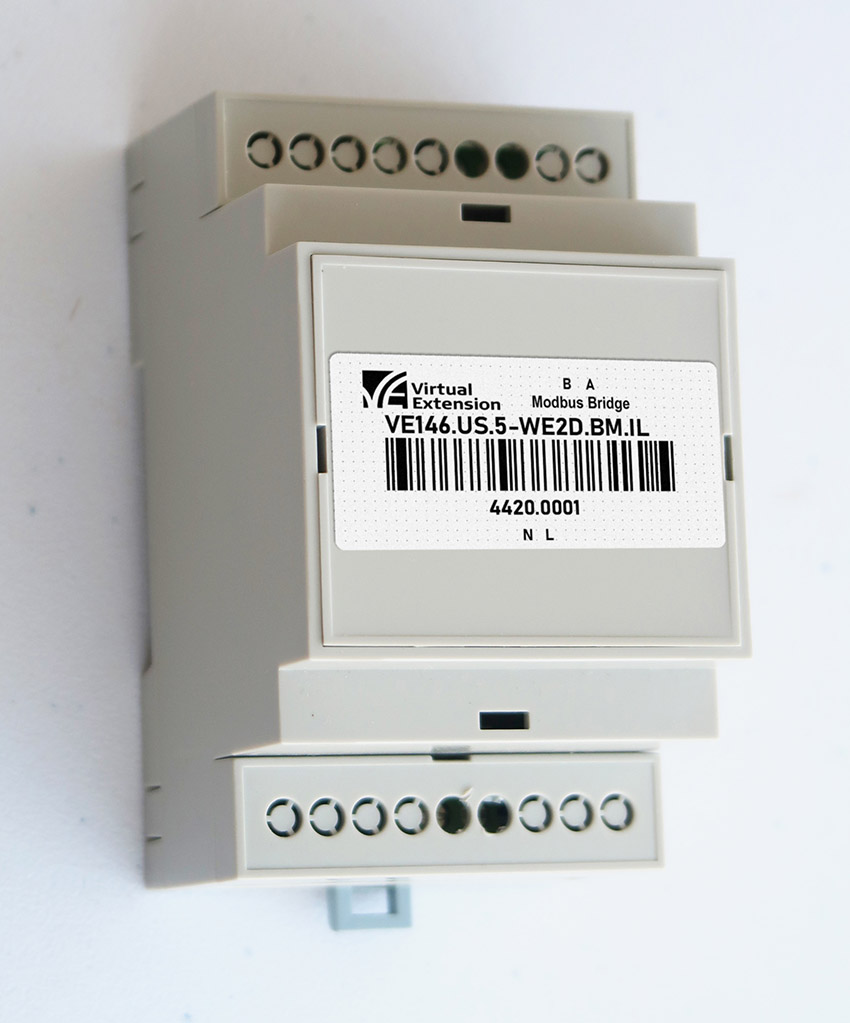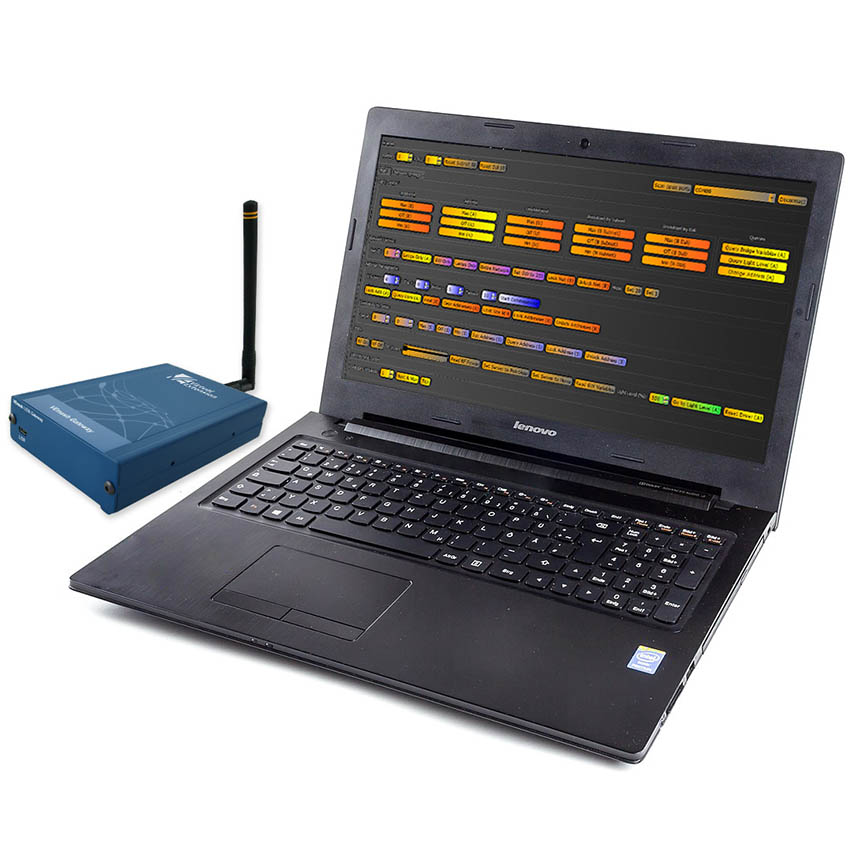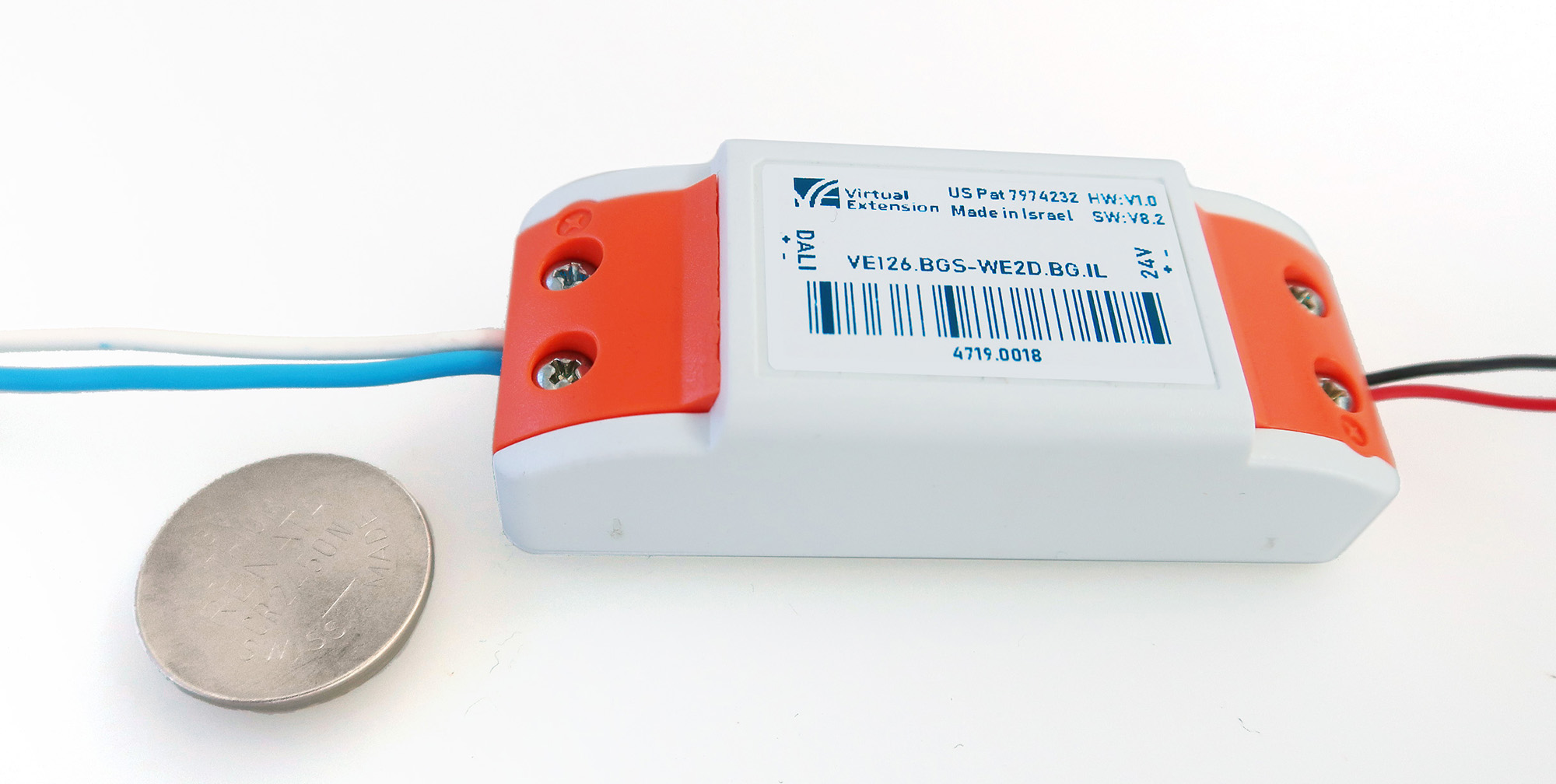A global leader in wireless networks, with dozens of design wins, Virtual Extension has been specializing and excelling in Wireless and IoT Smart Lighting projects that use DALI-based lighting control. Its VEmesh technology, for DALI and other commercial lighting control, has been recognized by the academy, by standard bodies and by market leaders, as well as by customers of hundreds of thousands of VEmesh units already deployed in the Americas, Europe, Asia and actually all over the globe.
Easy Engineering: What are the main areas of activity of the company?
VIRTUAL EXTENSION: Virtual Extension targets the Commercial lighting control markets. The deployments include street and highway lighting, Building Management Systems, and actually all types of industrial, commercial and professional sites of outdoor, indoor and emergency lighting. These are the markets with the highest benefit from VEmesh outstanding performance. That’s mainly about high robustness and resilience, as well as very high range, combined with low and deterministic latency, enabling to follow DALI protocol precisely and for all the luminaires to react simultaneously, in the blink of an eye.
E.E: What’s the news for 2021 about new products?
VIRTUAL EXTENSION: 2021 is the year of better energy management and savings.
Firstly, we’ve introduced two new lines of products:
Modbus bridges, to connect energy / power meters for reading the energy consumption in a VEmesh E2D cloud controlled network and allowing its recoding and display to the system operators. The choice of Modbus resulted from the preference of customers to use Modbus-based for the better energy / power meters.
Modbus CMS compatibility, to enable the management of a VEmesh E2D cloud controlled network by a Modbus CMS (Control Management System), for more comprehensive energy management.
Second, we’ve introduced the support of the novel IEC62386-25x parts, the main part being 252 – Energy Reporting (Device Type 51), allowing the communication of the energy /power consumption in DALI-2 protocol. The other important part is Diagnostics and Maintenance (Device Type 52).

E.E: What are the ranges of products?
VIRTUAL EXTENSION: The two main VEmesh solutions for smart lighting are:
- E2D (IoT extensions to DALI) cloud controlled solution, with up to 16,000 DALI Luminaires per Network, each network with up to 250 Networks per system. This is the preferred solution for large smart lighting deployments, such as in Smart City.
- D2D (Wireless extension to DALI), which enables to replace wiring by wireless, allowing the customer to keep using all his existing and new standard DALI devices. This is the preferred solution for smart lighting deployments in BMS, in emergency lighting, as well as in industrial buildings and small outdoor deployments – such as in sport stadiums and marinas.
E.E: At what stage is the market where you are currently active?
VIRTUAL EXTENSION: The consumer market has long recognized the benefits of wireless over wired, such as of the cellular and wireless phones, use of Wi-Fi and even the humble wireless mouse. The time has come for the commercial smart lighting in general and for its leading ecosystem – DALI – to benefit from wireless capabilities as well.

E.E: What can you tell us about market trends?
VIRTUAL EXTENSION: Finally recognized by DALI organization, and with the standard for wireless DALI IEC 62386-104 recently released, the market of reliable wireless DALI commercial solutions has been booming lately. And with VEmesh technology being part of IEC 62386-104 standard, as well as with VEmesh solutions for smart lighting being the highest performance and most proven on the market, the customers are recognizing D2D and E2D solutions as the commercial wireless and IoT DALI market leading solutions.
E.E: What are the most innovative products marketed?
VIRTUAL EXTENSION: The high performance of D2D and E2D solutions stems mainly from the high performance of VEmesh technology – its unique use of synchronized-flooding better technique and of the sub 1 GHz industrial-strength ISM frequency band, as opposed to the abused 2.4GHz. Unlike the ordinary mesh technologies, VEmesh makes use of all the nodes within RF range, benefits from the inherent space diversity, and adds to it frequency and time diversity. The result is the highest achievable range and robustness, alongside the lowest and most deterministic latency. These lead to VEmesh being the most appropriate wireless technology for commercial and industrial smart lighting in general and DALI in particular.

E.E: What estimations do you have for 2021?
VIRTUAL EXTENSION: 2021 should have been the year of recovery from COVID-19’s impact on our industry, but the behavior of coronavirus and the shortage of components have added fuel to the fire. Hence the upturn will probably be slower than expected, pushing it towards to end 2021 or even the beginning of 2022. On the upside, the warming up of the relationship between Israel and the Gulf countries under the auspices of the US administration is expected to open new and lucrative opportunities in the area, of growths beyond coronavirus, the way they have already started.

